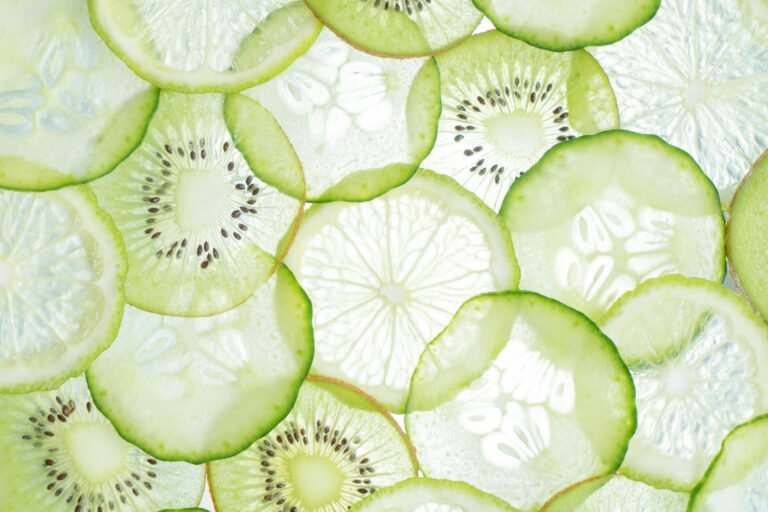Eczema: symptoms, causes, all remedies
Skin diseases can also be disabling, the first signs should not be underestimated and contact the dermatologist.

Photo credit
Eczema is an inflammation of the skin, characterized by skin hyper-reactivity to irritative or immunological stimuli. There are various types of eczema, let’s find out what it is.
- What is eczema
- Types of eczema
- What is the difference between eczema and dermatitis
- How to recognize eczema
- Symptoms of eczema
- Causes of eczema
- Eczema Diagnosis
- How long does eczema last
- Natural cures and remedies for eczema
What is eczema
Eczema refers to skin conditions that cause redness, irritation, peeling and itching of varying intensity on the skin
The classification of eczema makes a distinction between: atopic eczema and contact eczema.
- Atopic eczema : is characterized by the presence of reddish scaly lesions , localized in the areas of the joints and is often associated with allergic processes such as asthma , hives or allergic rhinitis and dry skin.
- Contact eczema : presents with flaking plaques caused by allergy to certain substances that have come into contact with the skin. Allergens can be for example nickel or irritants contained in cleaning products. These agents can be detected with epicutaneous tests.
Types of eczema
Atopic eczema and contact eczema are the main distinctions, but eczema of various types exist:
- Dyshidrotic eczema : generally affects the hands and feet, and can be caused by a contact allergy, excessive sweating, or mycosis. It occurs as a form of erythema on the hands, or an eczema under the foot.
- Varicose eczema : affects the legs, sometimes near a wound. It is conveyed by a condition of venous insufficiency and activated by an allergen that has come into contact.
- Nummular eczema : characterized by circular, coin-like plaques. The triggering cause is often unknown, probably always from an activating allergen.
- Contact dermatitis to proteins : the triggering cause is contact with proteins of vegetable origin, such as wheat or animal proteins, and initially manifests itself with an urticaria and later turns into eczema.
- Chronic hand eczema: due to contact with an allergen but also in cases of atopy.
What is the difference between eczema and dermatitis
As already mentioned, eczema can be confused with other forms of dermatosis and only a correct medical history performed by a dermatologist can establish its nature.
Eczema and dermatitis are synonymous , in fact they are inflammatory forms of the skin. The word ” eczema ” derives from the Greek verb eczeo and means to boil, swarm, erupt, burst, to indicate an inflammatory reaction of the skin characterized by erythematous and vesicular lesions.
How to recognize eczema
Eczema usually presents with itchy red plaques , but some skin disorders manifest the same characteristics and can be mistaken for, but they are not: scabies , psoriasis , mycosis, seborrheic dermatitis . Specific diagnostic tests can establish the exact nature of the dermatosis and thus prepare a correct prophylaxis.
Symptoms of eczema
Manifestations generally vary with age, and may present with mild symptoms such as:
- dry skin
- itchy skin
- rash
and mild symptoms can be aggravated with episodes of:
- ache
- inflammation
- cracking
- bleeding
Eczema or atopic dermatitis often sees its beginnings in early childhood as early as 3 months . Acute eczema has typical symptoms such as redness, exudation, crusting, and sometimes blistering. A subsequent chronic phase may follow with itching and consequent dry area and lichenified appearance.
Causes of eczema
Contact eczema is an inflammatory process affecting the skin, generally caused by an external irritant that interacts with the skin or by an allergic process .
Allergens, which can cause eczema in children and atopic dermatitis in adults , are plentiful. Too aggressive skin cleansing, sweating, the presence of Staphylococcus aureus, stress eczema can be the main causes, then the mechanical action of rubbing due to itching can trigger complications with skin lesions that create an entrance gate bacterial presence in the underlying tissues.
Eczema Diagnosis
The diagnosis of eczema cannot be made through laboratory tests but only by studying the most significant signs and symptoms . Obviously, allergy tests and family history contribute to the identification of the pathology.
How long does eczema last
The duration of eczema depends on the contracted form . There are mild transient forms, which can be cured within a few weeks, and chronic forms that last for a long time, sometimes resolve, other times recur cyclically. For example, dermatitis on the fingers or on the palm is more difficult to resolve because an exposed part, subject to the use of detergents and water and often in contact with many external agents. The duration of these erythematous forms is linked to several completely subjective factors.
Natural cures and remedies for eczema
Nutrition in case of eczema
Integrate the usual diet with foods rich in beta-carotene such as apricots, watermelon, melon, winter squash, cabbage, endive, lettuce, artichokes, asparagus, cucumbers. Beta-carotene (or provitamin A ) to be absorbed requires the presence of lipids and that is why at the table it should be associated with foods with a high intake of fatty acids: for example, it is useful to season vegetables with olive oil , combine fruit with yogurt.
Better to avoid spices, aged cheeses, alcoholic beverages, chocolate, cocoa : suspending these foods helps to extinguish inflammation. Consume carrot juice.
Essential acids (EPA / DHA or fish oil) decrease the presence of chemical inflammatory mediators in the body. It is advisable to eat “oily” fish two or three times a week or take 4g of Omega 3 supplements per day. Using food as a cosmetic ? If you also want to tone the eye area, just lie down and relax for about ten minutes by closing your eyes and putting a couple of slices of cucumber or potato on them.
Herbal remedies for eczema
An excellent and rich natural recipe for a delicate eye contour cream is composed of shea butter , rosehip oil , homeopathic calendula ointment . Mix the ointment and shea butter in equal parts, adding a couple of drops of oil. As an alternative to the rosehip, extra virgin olive oil or carrot oil can also be used .
Just a few drops are enough, gently massaging the eye contour after cleansing the face and before going to sleep, to wake up the next morning with deeply nourished and relaxed skin.
In phytotherapy there are many natural tonics and natural cleansers for the face. In subjects with food and / or respiratory allergies, burdock is usually used (in the form of TM, 25 drops, twice a day between meals) associated with Ribes Nigrum (1 DH Gems, 50 drops in the morning on an empty stomach and 50 drops in the evening, before sleeping, diluted in a little water with low mineral content) and Viola tricolor (or Viola del Pensiero, TM, 25 drops, twice a day, between meals).
Also discover burdock among the herbal remedies for eczema
Bach flowers
Among the Bach flowers, Crab Apple is the purifying flower par excellence
Traditional Chinese Medicine
According to traditional Chinese medicine it is a multifactorial disorder due to external pathogens Wind, Humidity and Heat, a deficit of the circulatory system and water metabolism.
The purpose of the therapy consists in the dispersion of excess climatic agents , toning of the Spleen and Xue. For the regulation of the endocrine metabolism and the expulsion of Wind and Heat, the following points can be important:
- TAI CHONG (on the back of the foot, between the 2nd and 3rd metatarsal), regulates the Liver, cools the Blood;
- TAI XI (above the apex of the internal malleolus and the Achilles tendon), tones the energy.
Soothing oils
The cream that we have indicated among the phytotherapeutic suggestions can also be prepared with other types of oils. Equally effective are wheat germ oil , sweet almond oil and avocado oil . It is useful to apply in case of redness a yarrow oil prepared with 400 g of fresh flowers and 1000 ml of sweet almond oil.
To relieve skin irritation, 70 ml of linseed oil , 200 ml of Mallow infusion , 150 ml of Chamomile (40%) and Horsetail (60%) infusion, 10 drops of Lavender essential oil and 50 drops of TM of Hamamelis virginiana ( Witch hazel ).
Discover also the cosmetic use of clay against eczema
Exercises to reduce the prevalence of eczema
Meditating, relaxing, keeping an accurate diary of emotions, learning to breathe deeply – these are all procedures that have been shown to improve eczema.
Yoga also helps keep the eye area toned and relaxed. Any breathing exercises ?
- The first exercise : look alternately with your eyes up, down, right, left, then roll them slowly, without turning your head. With your fingers (middle and index finger) apply light pressure alternately under the eyes and on the sides.
- The second exercise : gently grasp the skin above and below the eyebrows with your fingertips and massage gently for a couple of minutes. This will help release the tension that causes micro wrinkles to appear.
- The third exercise : place your fingertips on the sides of the eyebrows and gently pull towards the temple area. To release. Then make small circular movements, starting from the corner of the eye, going down along the orbit and returning to the corner.
- The fourth exercise : the area behind the ears has important links with the eyes, massaging this area will help to remove the lymphatic congestion that may have accumulated and which causes the annoying bags. Place your fingertips on the area behind the ears and massage slowly in circular motions.
- Final relaxation: rub your hands to warm the palms, close your eyes and place your hands on top, lightly touching the parts around the eyes, but without touching the eyelids. Stay for about a minute.
































+ There are no comments
Add yours